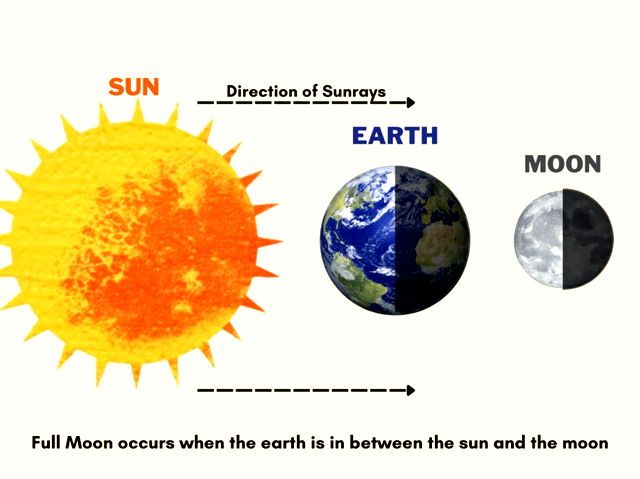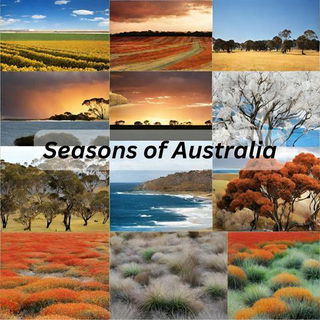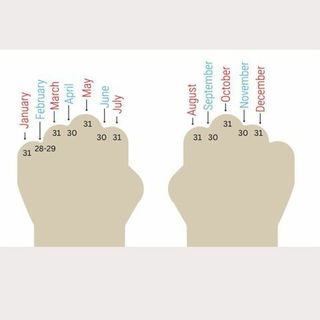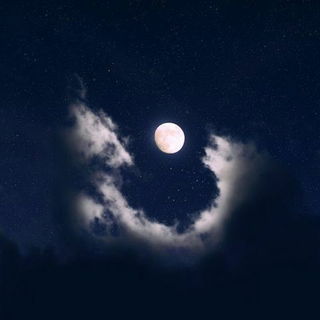The next full Moon of 2024 will be observed on May 23rd at 09:53 PM and is also known as Flower Moon.
Full Moon Dates 2024 in AWST
| Month | Date | Day of the Week | Time | Full Moon Name |
|---|---|---|---|---|
| January | January 26 | Friday | 01:53 am | Wolf Moon |
| February | February 24 | Saturday | 08:30 pm | Snow Moon |
| March | March 25 | Monday | 03:00 pm | Worm Moon |
| April | April 24 | Wednesday | 07:48 am | Pink Moon |
| May | May 23 | Thursday | 09:53 pm | Flower Moon |
| June | June 22 | Saturday | 09: 07 am | Strawberry Moon |
| July | July 21 | Sunday | 06: 17 pm | Buck Moon |
| August | August 20 | Tuesday | 02:25 am | Sturgeon Moon |
| September | September 18 | Wednesday | 10:34 am | Harvest Moon |
| October | October 17 | Thursday | 07:26 pm | Hunter's Moon |
| November | November 16 | Saturday | 05:28 am | Beaver's Moon |
| December | December 15 | Sunday | 05:01 pm | Cold Moon |
Names of the Full Moons Every Month
January: Wolf Moon
February: Snow Moon
March: Worm Moon
April: Pink Moon
May: Flower Moon
June: Strawberry Moon
July: Buck Moon
August: Sturgeon Moon
September: Harvest Moon or Full Corn Moon
October: Hunter's Moon
November: Beaver Moon
December: Cold Moon
Read The 12 Full Moon Names Explained if you want to know the reason behind the names of these full moons.
Understanding the Occurrence of a Full Moon
We all know that the earth revolves around the sun and the moon revolves around the earth. At the time when the earth is between the sun and the moon, we face the brighter side of the moon which results in a full moon.
A full moon generally occurs once a month or more specifically after every 29.5 days.

Impact of Full Moon on Tides
The gravitational pull during a full moon is stronger. This results in high tides being higher than usual in oceans.
It is important to note that the sun's gravitational pull is weaker than the moon's gravitational pull due to a greater distance from the Earth.
The Significance of Full Moon in Australian Indigenous Cultures
Full moons hold different meanings for various Aboriginal groups in Australia. The Yolngu people, for instance, have their own cultural ties and practices linked to the full moon.
They consider the moon as a fat and lazy man who once was young and thin. The sun, on the other hand, is considered to be a woman.
According to the story, the once young and slim man broke some law which is why his people attacked and killed him. His death symbolizes the new moon while the fat and lazy man symbolizes the full moon.
He remained dead for three days after which he rose again and the entire cycle kept repeating, resulting in the moon cycle.
Australia is 600 km wider than the moon. The diameter of Australia from East to West is 4000 km while that of the moon is 3400 km.
Interesting and Ancient Beliefs About the Full Moon
- Druids, a part of the Celts in ancient Ireland, believed that the full moon was an auspicious time and brought prosperity and success for all.
- Greek Physician Galen said that animals who were born on a full moon day would grow up to live healthy and long lives.
- In many cultures such as the Greeks, marrying on a full moon day was considered auspicious and said to bring good fortune.
- The full moon is not considered a lucky phenomenon everywhere. In some cultures, the full moon was associated with madness and lunacy.











